Explore Gothenburg, Sweden in a Single Day Itinerary
Gothenburg, Sweden
1 days
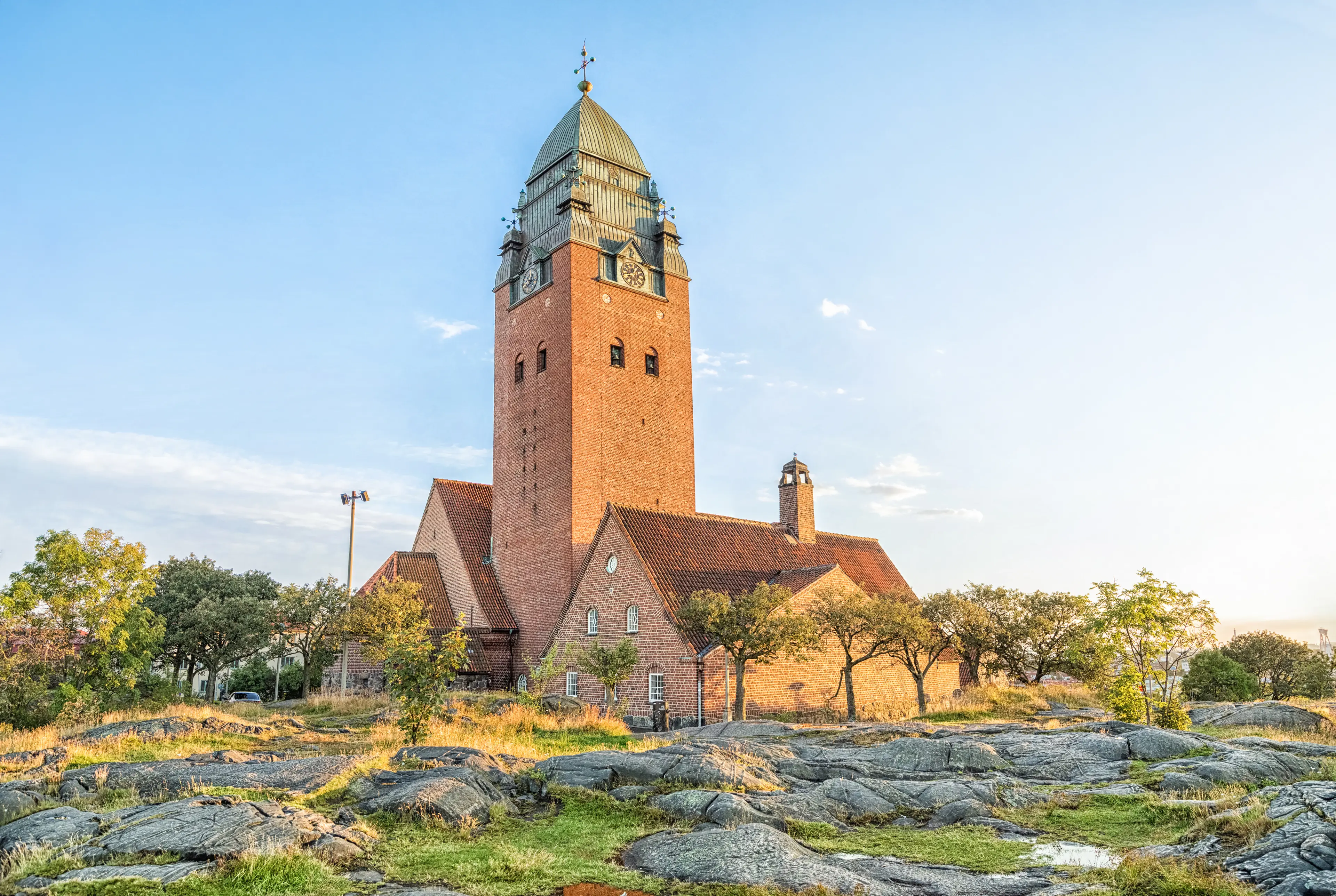
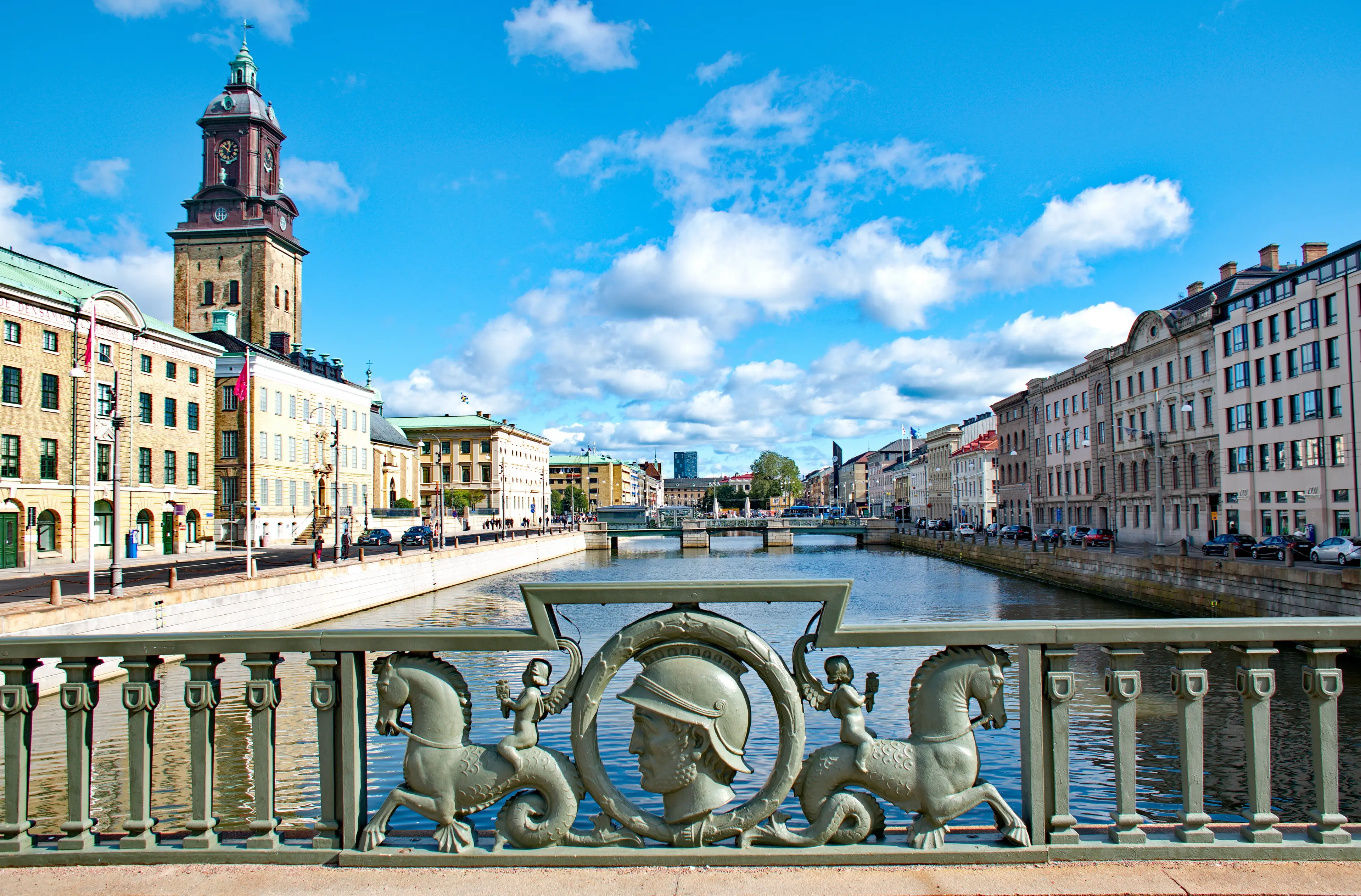
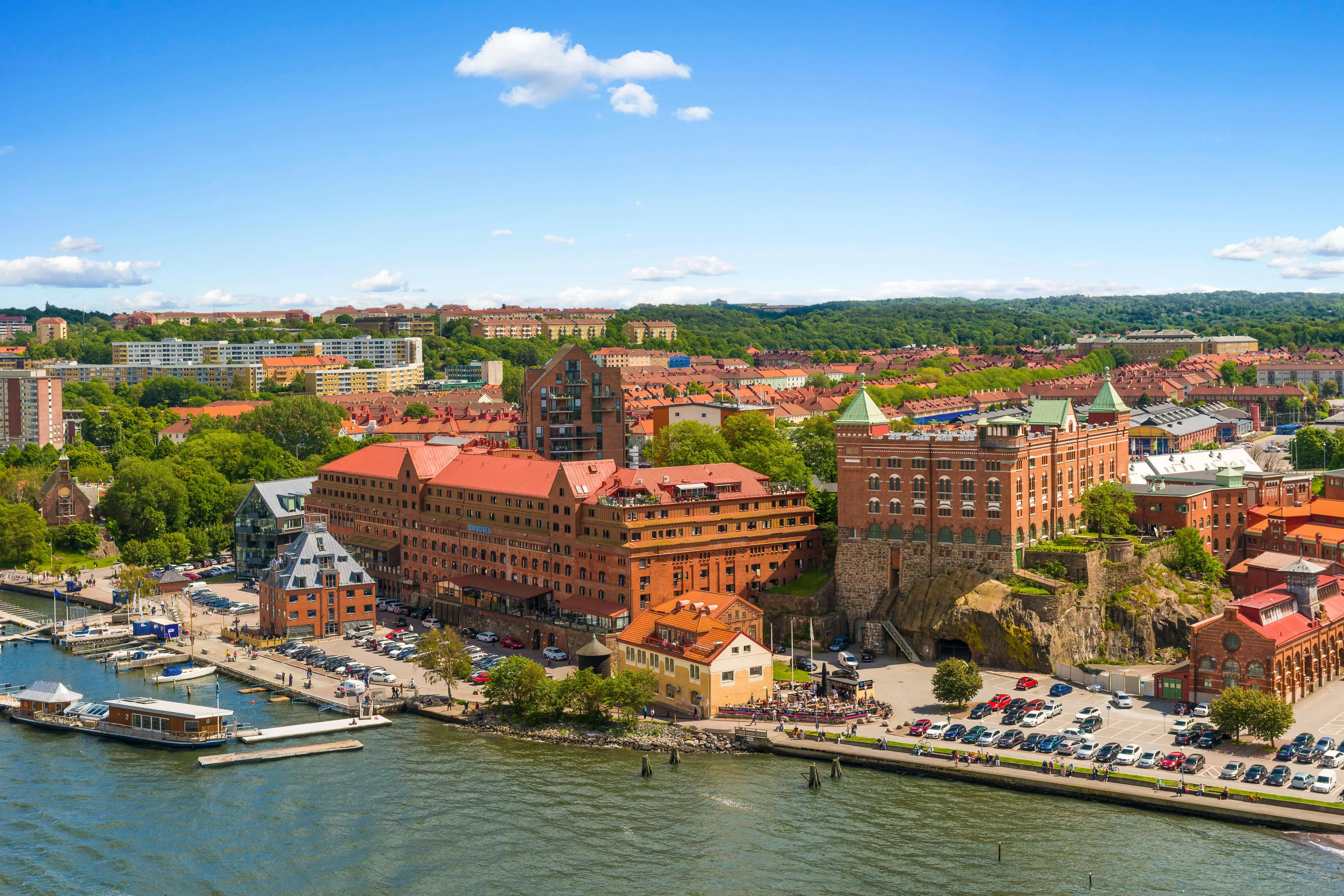
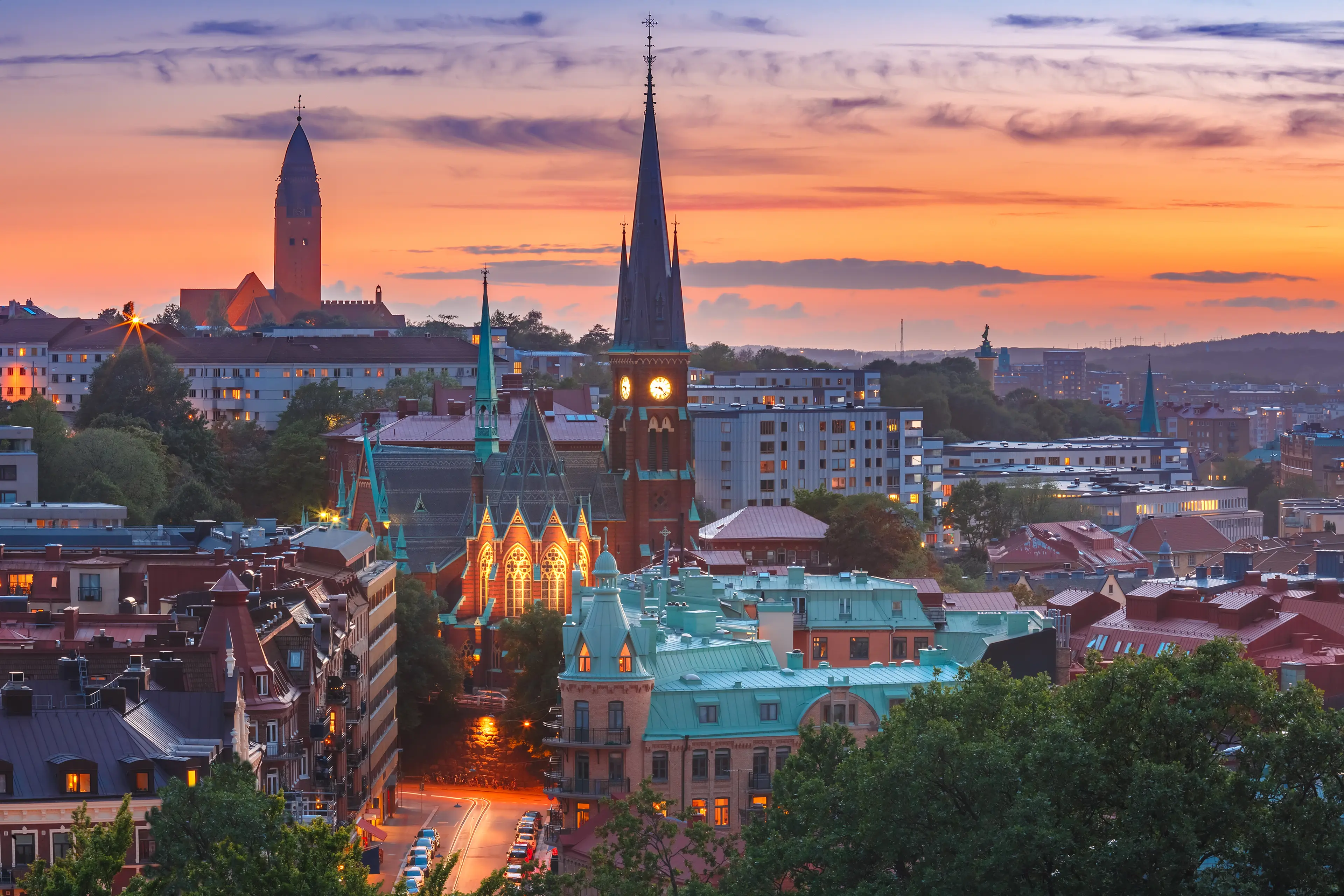
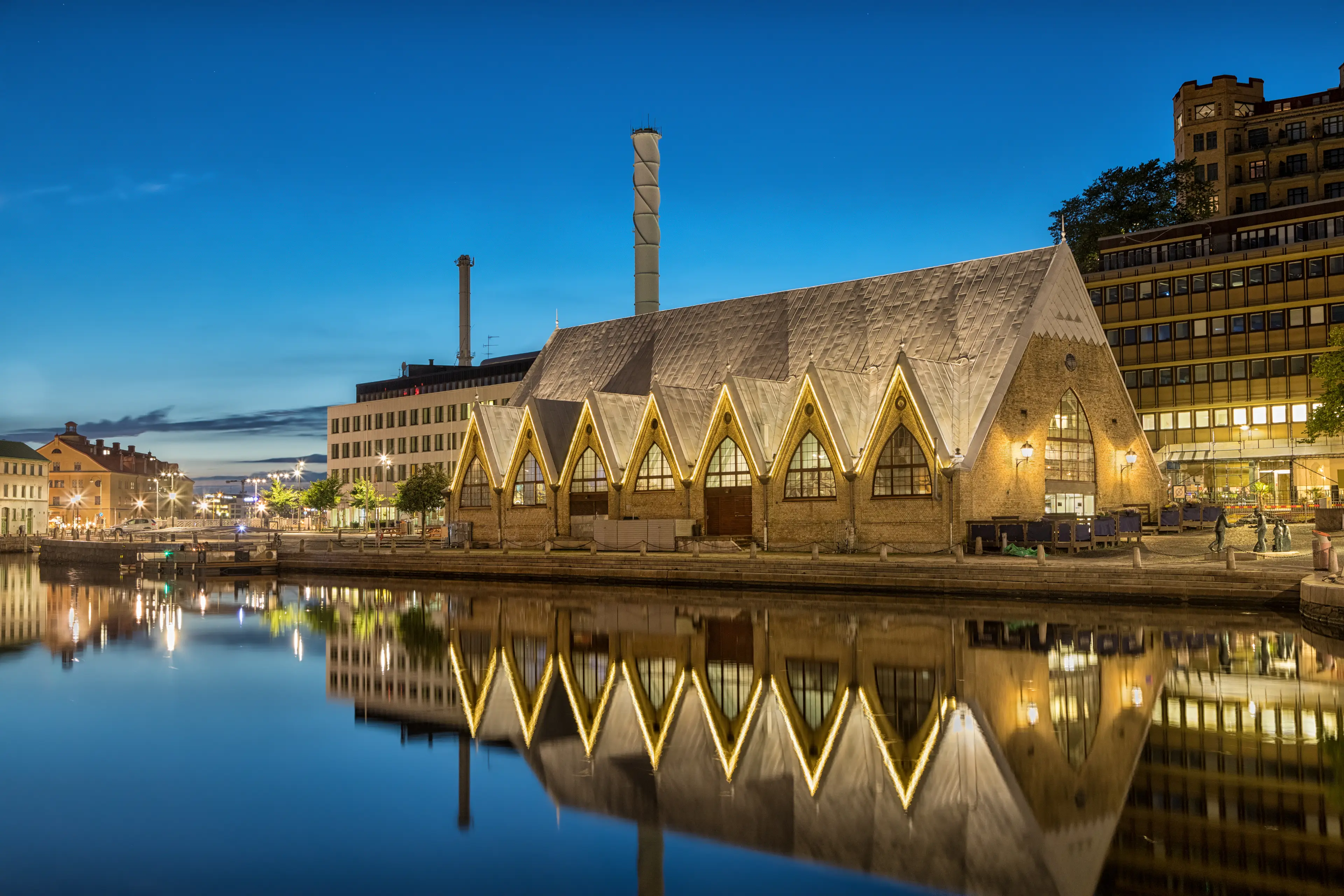
About Gothenburg, Sweden
Discover the charm of Gothenburg, Sweden's second-largest city, where Scandinavian cool meets friendly town vibes. Known for its Dutch-style canals and leafy boulevards, Gothenburg is a must-visit destination for culture enthusiasts and foodies alike. Explore the Universeum Science Centre, the picturesque archipelago, and the historic Haga district. Don't miss the Liseberg amusement park, Scandinavia's largest, for thrilling rides and family fun. Indulge in the city's vibrant food scene, boasting six Michelin-starred restaurants and a bustling fish market, Feskekôrka. Gothenburg's rich music and arts scene, with events like the Gothenburg Film Festival and Way Out West music festival, adds to its allure. Experience the perfect blend of urban excitement and natural tranquility in Gothenburg.
1-Day Itinerary
Attractions in Itinerary (4)

1Universeum
A science center with seven floors of hands-on exhibits, a rainforest, aquarium, and more.
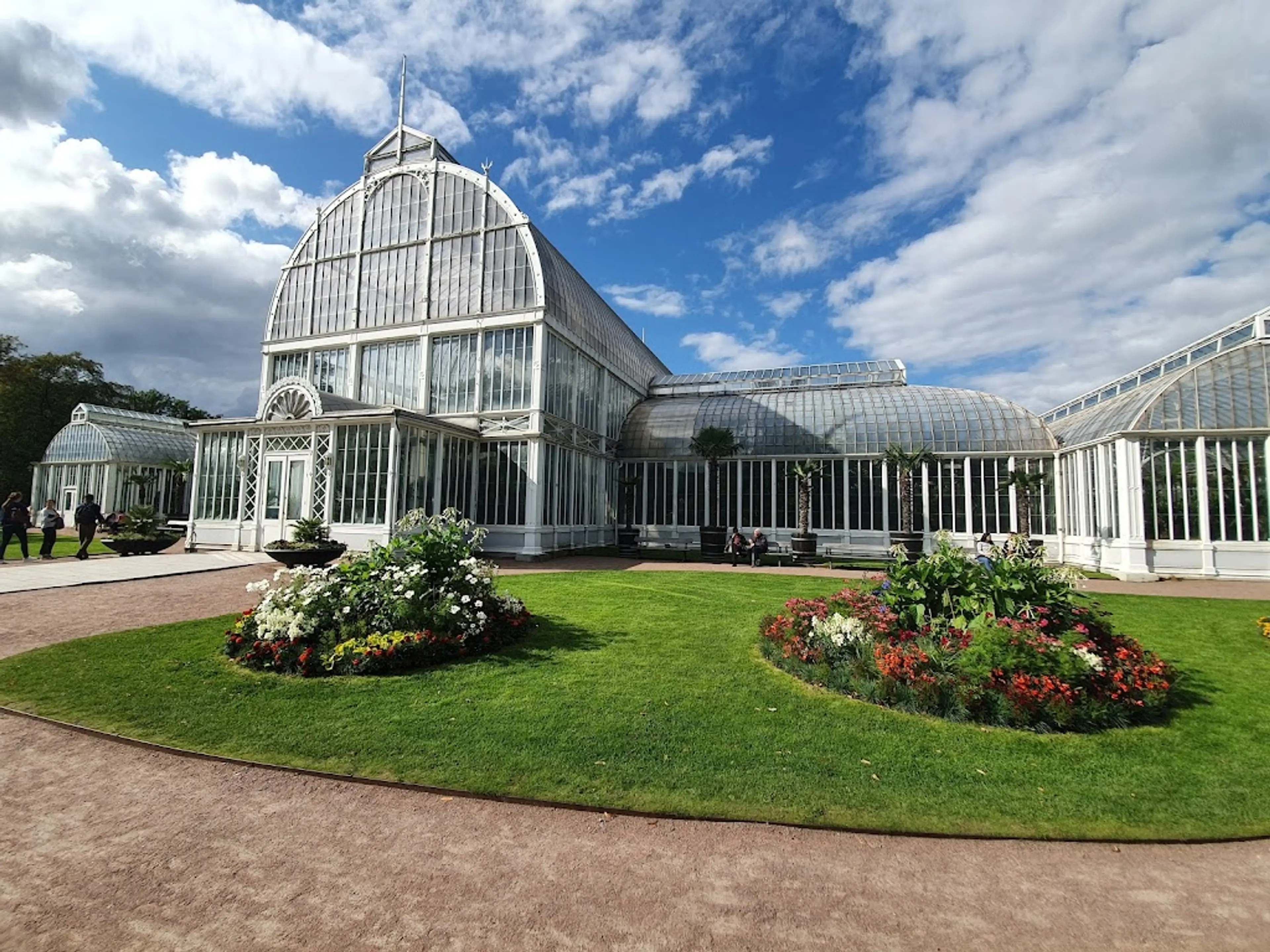
2Garden Society of Gothenburg
One of the best preserved 19th century parks in Europe, the Garden Society of Gothenburg is home to a beautiful collection of plants and flowers, as well as a rose garden that boasts some 4,000 roses across 1,900 species.

3Haga
One of the oldest neighborhoods in Gothenburg, known for its picturesque wooden houses and cozy cafes.

4Liseberg
Liseberg is Scandinavia's largest amusement park, offering a variety of rides and attractions for all ages.
Local Food and Drinks (12)

Räkmacka
A popular open-faced sandwich in Gothenburg, made with a generous amount of shrimps, mayonnaise, lettuce, and often topped with a boiled egg. It reflects the city's close relationship with the sea.
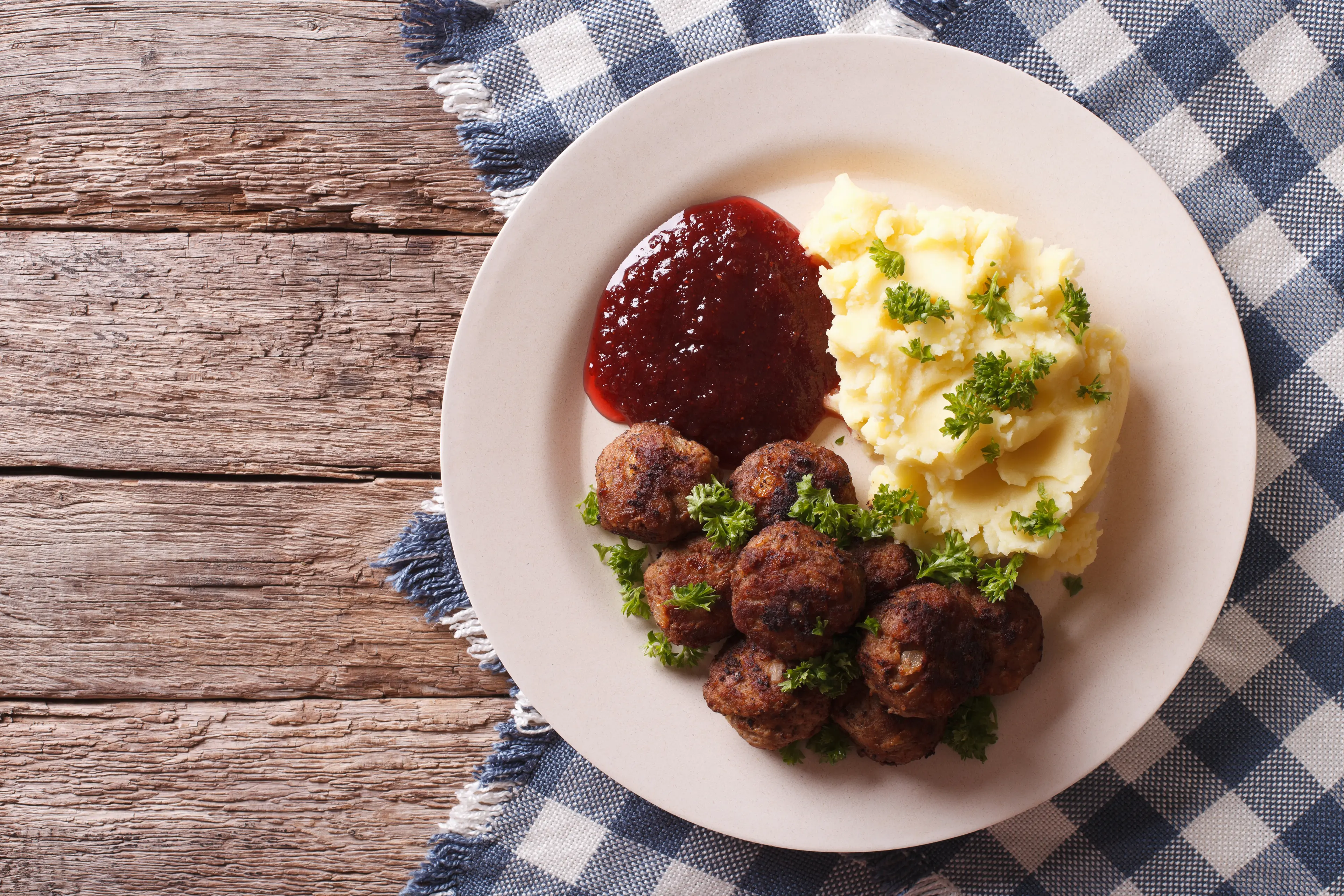
Köttbullar
Swedish meatballs, often served with lingonberry sauce, mashed potatoes, and pickled cucumber. It's a classic dish that represents Swedish home cooking.

Kräftor
Crayfish, a delicacy in Gothenburg, usually served in a broth flavored with dill. It's a traditional food often enjoyed during the crayfish season in August.
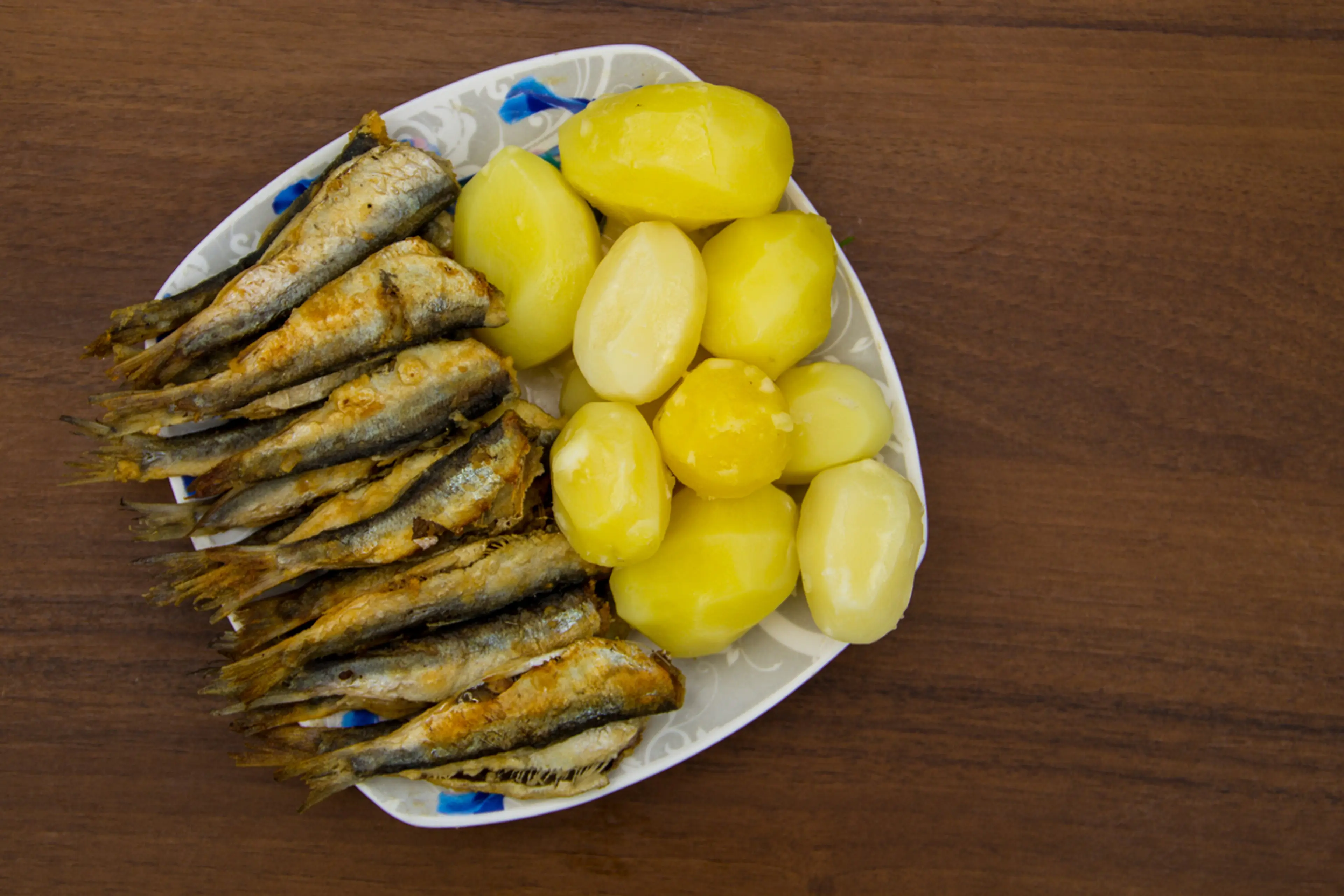
Strömming
Baltic herring, often fried or pickled. It's a common fish in the waters around Gothenburg and a staple in the local cuisine.

Gravad lax
Salmon cured in salt, sugar, and dill. It's a traditional Swedish dish often served with a sweet mustard sauce, reflecting Gothenburg's love for seafood.

Kanelbulle
Swedish cinnamon bun, a sweet pastry that's a staple in Swedish fika (coffee break). It's a symbol of Swedish pastry tradition.

Prinsesstårta
A traditional Swedish layer cake with sponge cake, pastry cream, and a green marzipan coating. It's a popular dessert for special occasions.
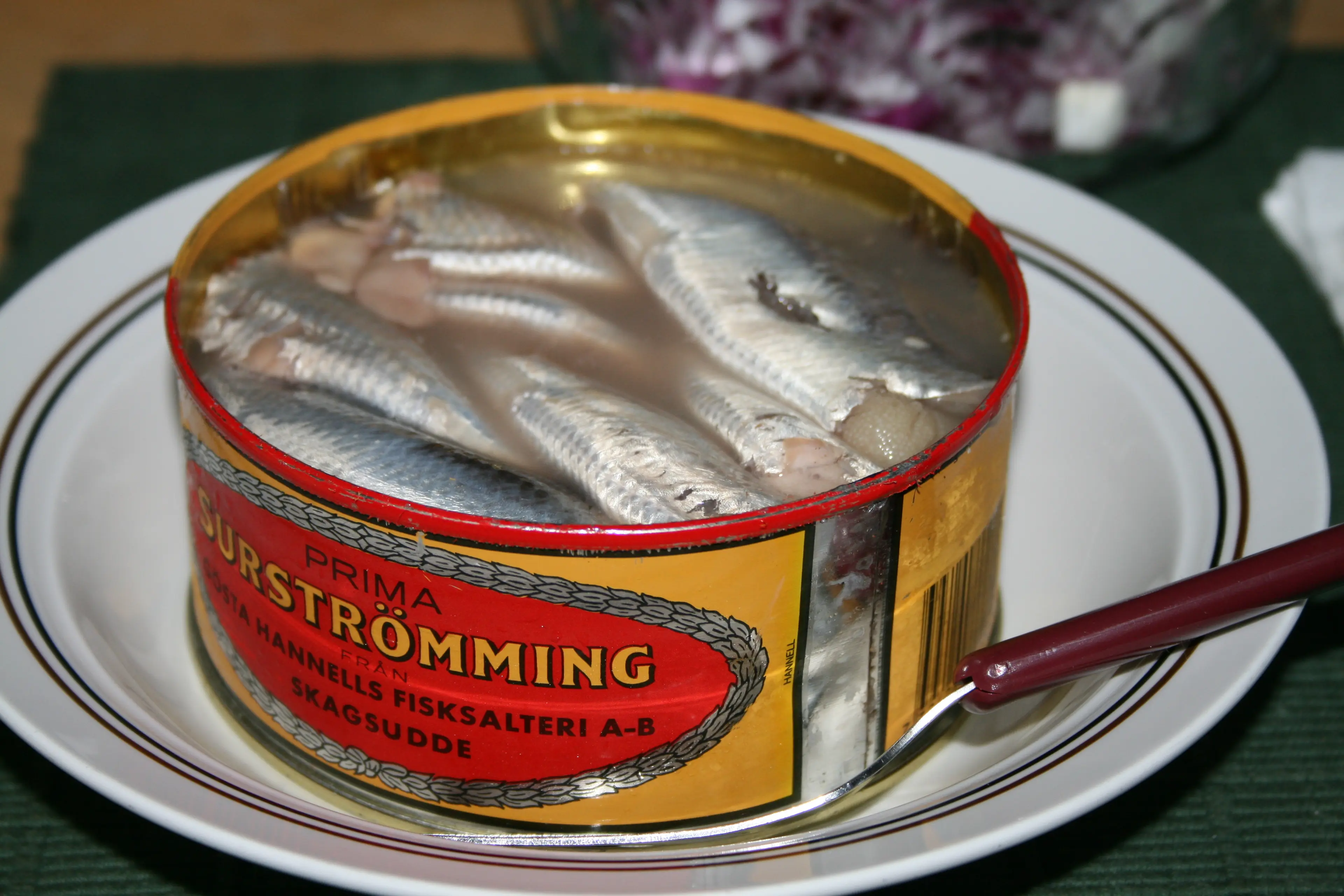
Surströmming
Fermented herring, a notorious Swedish delicacy with a strong smell. It's a traditional food that's part of Swedish culinary heritage.

Knäckebröd
Crisp bread, a staple in Swedish households. It's a versatile bread that can be topped with anything from cheese to jam.

Västerbottensost
A hard cheese from the Västerbotten region. It's a beloved cheese in Sweden and often used in cooking.
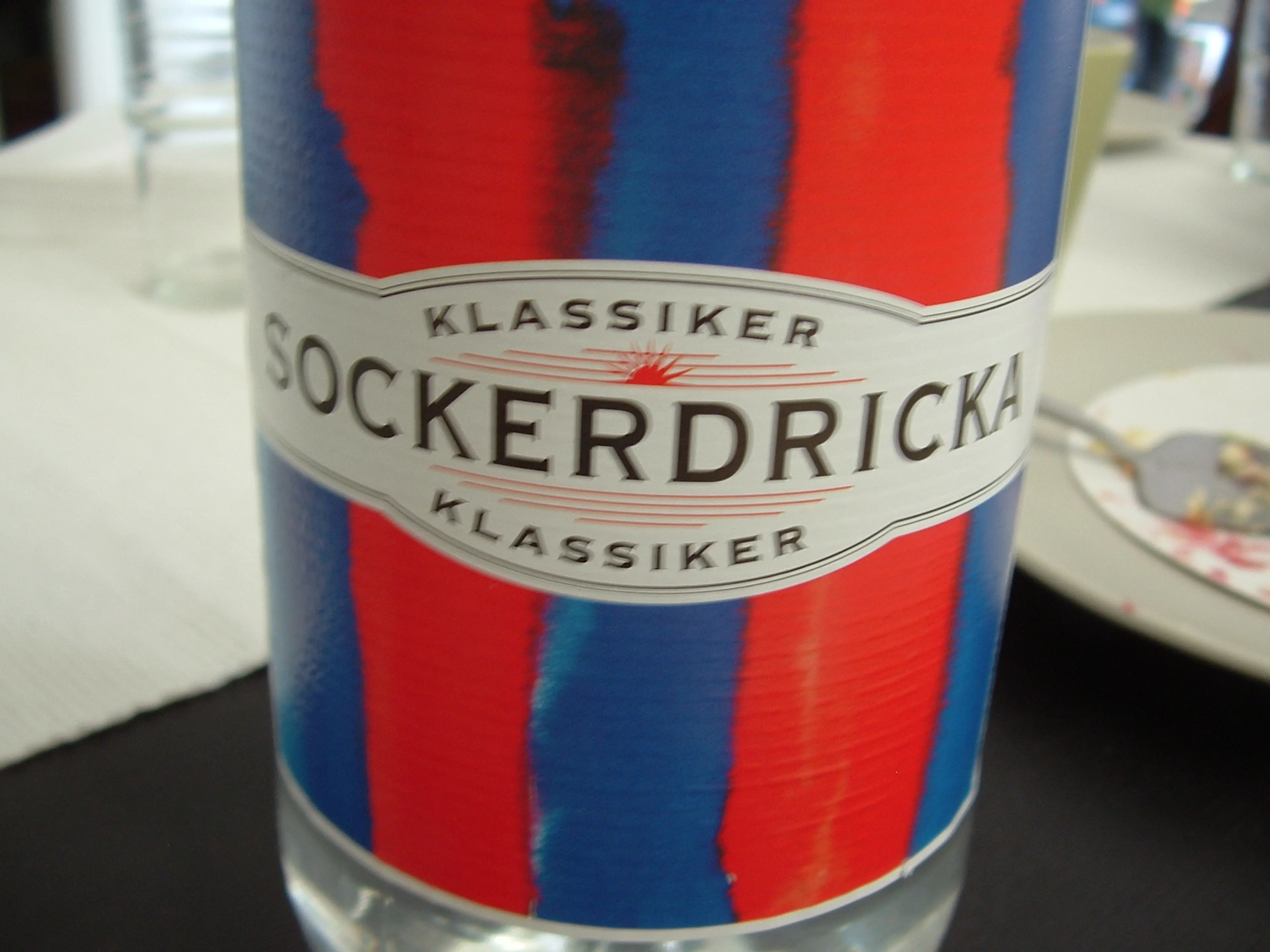
Sockerdricka
A traditional Swedish soft drink with a sweet, slightly fruity flavor. It's a popular non-alcoholic beverage in Sweden.

Snaps
A strong alcoholic beverage often consumed during traditional Swedish celebrations. It's a part of Swedish drinking culture.
Best time to visit
The best time to visit Gothenburg, Sweden is during the summer months, from June to August. During this period, the city experiences the warmest weather and longest days, allowing tourists to fully enjoy the outdoor attractions, festivals, and beautiful archipelago. However, if you're interested in a less crowded experience and don't mind cooler weather, the shoulder seasons of spring (April to June) and fall (September to October) can also be a great time to visit.
How to get around
Tram
Gothenburg has an extensive tram network that covers most of the city. It's a convenient and efficient way to get around, with frequent services throughout the day.
Bus
Buses complement the tram network and are especially useful for reaching areas of the city not served by trams. The bus network is also extensive and reliable.
Bicycle
Gothenburg is a bike-friendly city with plenty of bike lanes and paths. You can rent a bike from numerous locations around the city.
Foot
Many of Gothenburg's attractions are within walking distance of each other, particularly in the city centre. Walking is a pleasant way to explore the city, especially during the warmer months.
Ferry
Ferries are a fun and scenic way to get around. They connect the city centre with the southern archipelago and are a popular choice for sightseeing trips.
Taxi
Taxis are readily available throughout the city. They can be hailed on the street, booked in advance, or picked up from taxi ranks at transport hubs and major attractions.
Rideshare
Ridesharing services like Uber are available in Gothenburg. They can be a convenient option for getting around, especially if you're travelling in a group or have a lot of luggage.
Car Rental
Renting a car can be a good option if you plan to explore outside of the city. However, parking can be expensive and traffic can be heavy, especially during peak hours.
Train
Gothenburg's central train station connects the city with other parts of Sweden and neighbouring countries. Within the city, commuter trains can be a fast and efficient way to travel, especially during peak hours.
Important information
Currencykr SEK
Time zoneUTC+1
Driving sideRight
Emergency phone112
Drinking waterYes
Power sockets
Voltage230 V
Things to know about Gothenburg, Sweden as a first time visitor
1
Gothenburg is the second-largest city in Sweden, located on the west coast.
2
The official currency is the Swedish Krona (SEK). Credit cards are widely accepted, but it's always good to have some cash on hand.
3
The official language is Swedish, but English is widely spoken and understood.
4
Gothenburg has a temperate oceanic climate. Summers are warm with average temperatures around 70°F (21°C) and winters are cold with temperatures often dropping below freezing.
5
Public transportation is excellent, with a network of trams, buses, and ferries. Consider getting a Gothenburg City Card for unlimited travel and other benefits.
6
Tipping is not mandatory in Sweden, but it is customary to leave a 10% tip at restaurants if you are happy with the service.
7
Gothenburg is a safe city, but like any major city, it's important to be aware of your surroundings and take basic precautions.
8
Swedes are generally reserved and respect personal space. It's considered polite to stand a bit away from others in queues or on public transport.
9
The city is very pedestrian and bike-friendly. Consider renting a bike to explore the city.
10
Sweden uses the Europlug (Type C & F) socket. The standard voltage is 230 V, and the standard frequency is 50 Hz.
11
Gothenburg has a rich food culture, with a focus on seafood. Don't miss out on trying local dishes like herring and shrimp.
12
The city has a strong commitment to sustainability. Many restaurants and shops prioritize organic, locally-sourced goods.
13
Alcohol is sold through government-owned stores called Systembolaget. The stores have limited hours and are closed on Sundays.
14
Tap water is safe to drink and is of high quality.
15
Sweden has a Right of Public Access ('Allemansrätten'), which allows you to roam freely in the countryside, as long as you respect nature and property.
16
Gothenburg is in the Central European Time Zone (CET, GMT +1). Daylight Saving Time is observed.
17
Pharmacies ('Apotek') are the only stores that sell non-prescription drugs. They also offer health consultations.
18
Emergency number in Sweden is 112. This number can be dialed for free from any phone.
19
Sweden has a high cost of living. Gothenburg is no exception, so plan your budget accordingly.
20
Swedes value punctuality. It's important to be on time for appointments or reservations.
Basic Swedish to know as a first time visitor
English phrase | Native phrase | Pronunciation | When to use it |
|---|---|---|---|
Hello | Hej | hey | Greeting someone |
Goodbye | Hejdå | hey-doh | Leaving or saying goodbye |
Thank you | Tack | tack | Expressing gratitude |
You're welcome | Varsågod | var-show-good | Responding to thank you |
Please | Snälla | snell-ah | Making a request |
Excuse me | Ursäkta mig | oor-shake-tah me | Getting attention or apologizing |
Yes | Ja | yah | Affirmative response |
No | Nej | nay | Negative response |
I don't understand | Jag förstår inte | yahg fur-stor in-te | When you don't understand |
Do you speak English? | Talar du engelska? | tah-lar doo eng-elska | Asking if someone speaks English |
Where is the bathroom? | Var är toaletten? | var air too-a-letten | Asking for the bathroom |
I need help | Jag behöver hjälp | yahg beh-uh-ver yelp | When you need assistance |
I'm lost | Jag är vilse | yahg air vil-se | When you're lost |
How much does it cost? | Hur mycket kostar det? | hoor mye-ket cost-ar det | Asking the price of something |
Can I have the menu, please? | Kan jag få menyn, tack? | can yahg foh men-in, tack | Asking for the menu in a restaurant |
I would like to order | Jag skulle vilja beställa | yahg skull-uh vil-ya best-ell-ah | Ordering food or drink |
Water | Vatten | vat-ten | Asking for water |
Beer | Öl | uhl | Ordering a beer |
Wine | Vin | veen | Ordering wine |
Check, please | Kan jag få notan, tack? | can yahg foh no-tan, tack | Asking for the bill in a restaurant |
Packing List
Clothing
Comfortable walking shoes
Lightweight jacket
Umbrella or raincoat
Comfortable pants or jeans
T-shirts
Underwear and socks
Pajamas
Scarf, gloves and hat (if winter)
Toiletries
Travel-size shampoo and conditioner
Travel-size body wash or soap
Toothbrush and toothpaste
Deodorant
Razor and shaving cream
Travel-size lotion
Sunscreen
Lip balm
Personal hygiene items
Prescription medications
Travel documents and essentials
Passport or ID
Boarding passes or train tickets
Hotel reservation confirmation
Travel insurance documents
Emergency contact information
Local currency (Swedish Krona)
Credit and debit cards
Electronics and gadgets
Smartphone
Charger for smartphone
Power bank
Headphones
Camera (if not using phone camera)
Charger for camera
Travel adapter (if needed)
Miscellaneous items
Snacks for the journey
Water bottle
Travel guide or map
Notebook and pen
Travel pillow and blanket
Hand sanitizer
Tissues or wet wipes
Reusable shopping bag
Weather Conditions
When visiting Gothenburg, Sweden, it's important to be prepared for a variety of weather conditions. The city experiences a temperate oceanic climate, which means it can be quite unpredictable. In general, the summer months (June to August) are the warmest and most popular for tourists. During this time, temperatures typically range from 15°C to 20°C (59°F to 68°F). However, it's not uncommon for temperatures to reach up to 25°C (77°F) on particularly sunny days. Despite the warmth, summer can also be quite rainy, so it's advisable to pack a lightweight, waterproof jacket or umbrella. The winter months (December to February) are the coldest, with temperatures often dropping to around -1°C to 1°C (30°F to 34°F). Snowfall is common during this period, so if you're planning a winter visit, be sure to pack warm clothing, including a heavy coat, gloves, and a hat. Spring (March to May) and autumn (September to November) are transitional seasons in Gothenburg. During these periods, temperatures can vary widely, from around 3°C to 15°C (37°F to 59°F) in the spring and 5°C to 10°C (41°F to 50°F) in the autumn. These seasons can also be quite wet, so waterproof clothing is recommended. Regardless of when you visit, it's a good idea to check the local weather forecast before your trip. This will help you pack appropriately and plan your activities. For instance, on rainy days, you might want to explore Gothenburg's many indoor attractions, such as the Universeum science center or the Gothenburg Museum of Art. Lastly, keep in mind that Gothenburg is located in northern Europe, which means daylight hours can vary significantly throughout the year. In the summer, the city experiences long days with up to 18 hours of daylight, while in the winter, days can be as short as 7 hours. This can affect your sightseeing plans, so plan accordingly.
| Month | Hi / Lo (°C) | Weather Overview |
|---|---|---|
January | 4° / -3° | January is the coldest month in Gothenburg, with temperatures often dropping below freezing. It's also a snowy month, so pack warm clothes and enjoy the winter scenery. |
February | 4° / -3° | February is still quite cold, with temperatures similar to January. Snow is common, making it a great time for winter sports. |
March | 7° / -1° | March sees a slight increase in temperature, but it's still chilly. The snow starts to melt, and the days get longer. |
April | 13° / 1° | April is the start of spring in Gothenburg. The weather is milder, and the city starts to bloom with flowers. |
May | 18° / 6° | May is a pleasant month with moderate temperatures. It's a great time to explore the city and its parks. |
June | 22° / 10° | June marks the start of summer. The days are long and warm, perfect for outdoor activities and sightseeing. |
July | 23° / 13° | July is the warmest month in Gothenburg. It's an excellent time to visit the archipelago and enjoy the beaches. |
August | 23° / 13° | August is still quite warm, with plenty of sunshine. It's a great month for outdoor festivals and events. |
September | 19° / 9° | September marks the start of autumn. The temperatures start to drop, but it's still comfortable for sightseeing. |
October | 13° / 5° | October is a cool month with fall foliage in full swing. It's a great time to visit museums and indoor attractions. |
November | 8° / 2° | November is a chilly month with shorter days. It's a good time to enjoy the city's cafes and restaurants. |
December | 5° / -1° | December is a festive month with Christmas markets and lights. It's cold and often snowy, so pack warm clothes. |
Did you know?
Places near by Gothenburg, Sweden

Marstrand
A beautiful seaside town known for its sailing events and historic Carlsten Fortress.

Kungsbacka
A charming town with a mix of modern and traditional Swedish architecture.

Uddevalla
A city known for its beautiful archipelago and Bohuslän Museum.

Vänersborg
A city located by the southern tip of the lake Vänern, offering beautiful nature and cultural experiences.

Borås
A city known for its textile and design industry, with attractions like Borås Zoo and Textile Fashion Center.

Trollhättan
A city known for its impressive waterfalls, Saab Car Museum and Innovatum Science Center.

Varberg
A coastal town famous for its fortress, sandy beaches, and cold bath house.

Landvetter
Home to Gothenburg's main airport and beautiful nature reserves.

Alingsås
Known as 'The Capital of Fika', a city with a rich history and beautiful lakes.

Mölndal
A city with a rich industrial heritage, beautiful parks and the Gunnebo House and Gardens.